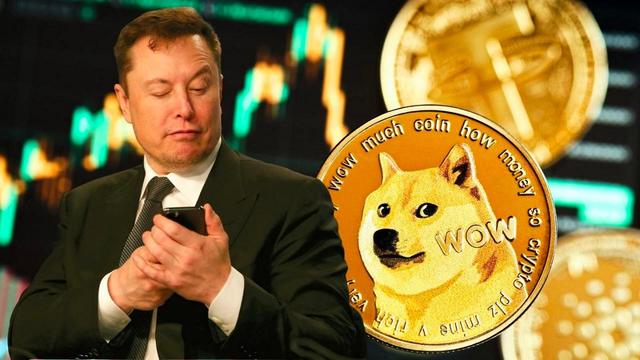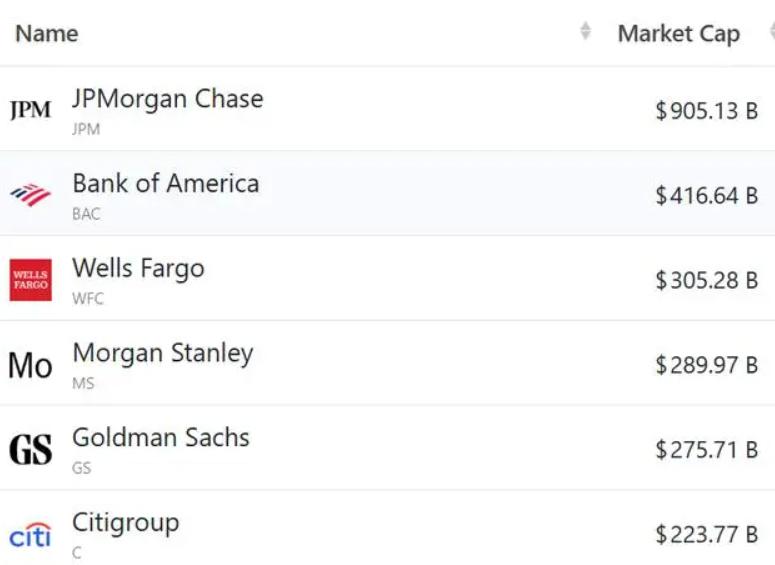
Recently, the news that 21Shares, Grayscale and Bitwise submitted applications for Dogecoin ETFs has drawn widespread attention from the financial sector regarding the further integration of crypto assets with traditional capital markets. However, behind the flashy market narrative, financial analysis must go beyond the surface and conduct in-depth criticism of aspects such as the economic basis, market structure risks, regulatory risks, and investor protection of such products. Although the launch of these ETFs may trigger a new round of market enthusiasm, from the perspective of financial essence, the establishment of Dogecoin ETFs faces a series of unavoidable systemic problems and structural concerns.
Firstly, starting from the basic logic of financial asset pricing, as an asset lacking intrinsic value support, the inclusion of Dogecoin in the ETF structure itself has serious problems. Unlike traditional financial assets such as stocks and bonds, Dogecoin does not generate cash flow, nor does it offer dividends or interest returns. Its value is entirely dependent on the market's expectations of its future price. And this kind of expectation is more based on the short-term frenzy of community hype, social media dissemination and meme culture rather than solid fundamental analysis. This means that the ETF that tracks the price of Dogecoin is fundamentally built on irrational expectations, and its price fluctuations are highly susceptible to emotional drive and speculative manipulation rather than rational market supply and demand games.
Secondly, incorporating such speculative assets into the financial structure of ETFs actually constitutes a serious deviation from the traditional functions of ETFs. The essence of ETFs lies in providing a low-cost and highly liquid index-based investment channel, which is typically used to diversify risks and gain extensive market exposure. However, the high volatility, low liquidity and manipulation risk of Dogecoin itself run counter to this goal. The structure of ETFs was supposed to enhance the robustness of investment tools, but in this case, it has instead become a channel to provide liquidity and institutional endorsement for unstable and non-mainstream assets. This trend of "financial structured speculation" reflects the market's neglect of the boundaries of product innovation and the impulse of asset management institutions to constantly break through the risk bottom line in order to seize topic hotspots and short-term capital flows.
What is more alarming is that the issuance of such ETFs may exacerbate systemic financial risks, especially when there is a serious information asymmetry between ETF investors and the underlying assets. Most ETF investors, especially retail investors, do not have a deep understanding of the actual risks, price determination mechanism and technical operation of Dogecoin. If they see that Dogecoin is packaged as a "mainstream digital asset" in the fund's prospectus or promotional materials and mistakenly believe that its investment risks are similar to those of gold ETFs or Bitcoin ETFs, this will cause serious misguidance. The passive investment nature of the ETF mechanism also makes it impossible for funds to be withdrawn quickly when market sentiment is extreme, intensifying the risk of a stampede during a market decline. It is worth noting that Dogecoin previously experienced sharp fluctuations driven by Elon Musk's social media remarks. If such fluctuations are transmitted to fund products, it will directly harm the interests of ETF investors.
From a regulatory perspective, although the 19b-4 and S-1 applications submitted by Nasdaq and the issuing institutions are formally compliant, there are still significant controversies at the substantive level. The U.S. Securities and Exchange Commission (SEC) has not yet clarified whether Dogcoin meets the criteria for being a "qualified commodity", nor has it provided assessment results regarding its price manipulation risks, exchange price transparency, and custody security. Under the current regulatory system, Dogecoin has not undergone the strict judicial and market recognition procedures like Bitcoin and Ethereum. Approving such ETFs rashly may plant hidden dangers for future regulatory arbitrage and shirking of responsibility. Meanwhile, institutions such as Grayscale and 21Shares have "detour" into the capital market by including Dogecoin in commodity trust funds, which also reveals the vacuum and lag of the regulatory system in defining emerging assets.
The deeper issue lies in the fact that the asset management industry is constantly transforming crypto assets into ETFs to meet the capital preference of "chasing volatility" rather than considering the long-term interests of investors. This trend reflects that the strategies of financial institutions are increasingly short-sighted, tending to package any underexploited asset in the market as a salable product, thereby profenting from regulatory gaps and information asymmetry. It is worth noting that the rise of the Dogecoin ETF may further drive the application for more Altcoins ETFs, leading to a market chaos of "ETF generalization". These tokens themselves have technical loopholes, opaque governance structures, and concentrated token distribution. Once they enter the capital market through ETFs, they are actually institutionalizing and legalizing risks and passing them on to ordinary investors.
Furthermore, at the market structure level, the exchanges on which the price of Dogecoin relies are mostly non-US domestic platforms, which makes the source of its price data highly uncertain and has room for manipulation. ETF design requires a trustworthy price benchmark (index pricing), but the main trading activities of Dogecoin are still concentrated on overseas platforms such as Binance and OKX, which themselves have been investigated for manipulation many times. Once the ETF price is anchored to these opaque data, it will significantly reduce the credibility and anti-manipulation ability of the fund product. Although 21Shares and other institutions may claim to use the average of data from multiple platforms as the price benchmark, this still cannot completely avoid the potential distortion risk of the information source.
It is worth mentioning that 21Shares is not launching such a product for the first time. It has already listed a similar Dogecoin ETP on the Swiss SIX exchange. However, the regulatory structure of the Swiss market is significantly different from that of the United States, and its market size is also much smaller than that of Nasdaq. Once successfully listed in the United States, the Dogecoin ETF will enter the world's most active capital market. This product expansion will significantly expand the potential risk impact. Once such risks break out, they may have a long-term negative impact on the overall reputation of ETFs as financial instruments.
Finally, from the perspective of capital flow, the Dogecoin ETF does not bring about the so-called "value discovery" or "asset allocation optimization". Its main function remains to provide short-term trading opportunities. Institutional investors rarely incorporate it into their asset allocation portfolios. The true investor base is more composed of high-frequency traders and market speculators. The low cost and high leverage characteristics of ETFs will also attract the further development of options and derivatives trading, thereby further amplifying market leverage. This is seriously contrary to the original intention of ETFs, which were originally intended to diversify risks and optimize allocation. Its long-term financial consequences deserve vigilance.
In conclusion, the application for the Dogou Coin ETF and its possible approval should not be regarded as a victory for the "mainmainstream" of crypto assets, but rather as an institutionalized packaging of risks driven by speculative impulses in the financial market. This type of product is far from having a good financial foundation, and there are serious flaws in its price mechanism, risk structure and regulatory guarantee. If the door to the Dogecoin ETF is opened merely for market heat, it would be no different from providing a legal channel for unstable assets, thereby expanding the scope of risk dissemination, weakening the investor protection mechanism, and potentially causing long-term systemic damage to the overall financial market. Against this backdrop, regulatory authorities should maintain a high degree of prudence, avoid becoming the driver of blurring the boundary between speculation and financial innovation, and instead return to the essence of regulation to ensure the transparency, fairness and stability of the financial market.

Driven by the Trump administration's push to relax financial regulations and the recovery of investment banking business, the market value of the six major banks in the United States has cumulatively increased by approximately 600 billion US dollars by 2025.
Driven by the Trump administration's push to relax financia…
On Christmas evening, U.S. President Trump posted on social…
According to multiple foreign media reports, the recent fin…
The middle class, once regarded as the cornerstone of Ameri…
On December 19th local time, the US military launched a lar…
The Boxing Day sunshine should have cast a false glow of pr…